
Stephen Willats konstnärliga arbete handlar om människors liv. Sedan över 50 år tillbaka har den brittiske konceptkonstnären producerat verk som undersöker de sociala relationernas variabler och fungerar som katalysatorer för förändring. Willats arbete utgår från skilda fält, som teorier om lärande, reklam, semiotik och cybernetik, vilka han använder för att utforma sina idéer. Hans konst handlar både om att dokumentera och kartlägga sociala kontexter, och att skapa självorganiserade dynamiska modeller som griper in i de strukturer som definierar människors relationer med varandra och till den materiella världen runt dem.
Willats studerade för den brittiske systemkonstnären Roy Ascott vid Ealing School of Art mellan 1968 och 1973. Senare arbetade han själv med utbildning vid Nottingham College of Art and Design, där han införde ett icke-hierarkiskt system för självorganisering och eget ansvar. Under en kort period på 1960-talet beskrev han sig själv som en «konceptuell designer» och skapade kläder som möjliggjorde för de som bar dem att mediera sina relationer med andra människor. Han byggde självorganiserade möbler och startade tidskriften Control Magazine, som han än idag redigerar och publicerar.
I Stockholm har Willats under det senaste året arbetat nära tre individer från olika delar av staden. Utställningen THISWAY– är ägnad förändring och transformation, och öppnar ikväll på Index. Den visas även i skyltfönster på Kungsholmen, på Yas Café i Husby och i Moderna Museets foajé.
Kunstkritikk mötte upp Stephen Willats för att ställa några frågor om hans praktik och den kommande utställningen.
*

For your exhibition at Index you spent a prolonged period of time working with three individuals living in different areas of Stockholm, individuals who are facing change, both personal and in terms of their socioeconomic conditions. Can you tell me more about this process and how it is linked to the transformation of a particular place?
The invitation to work at Index was a rare opportunity for me to express a model of art practice that was contextual in nature and rooted in a particular place, so that it expressed some issues and polemics that would be connectable to an audience from that place. Instead of the kind of blandness of much contemporary art practice, which assumes universality, here we have another model of practice that works with the relativity and the contextual nature of meaning.
The idea of transformation in THISWAY– is about step change and the possibility of revolution in our life. At the moment of change you are moving fast into the future, and somehow in that moment the past doesn’t exist. It is about thinking how the world is and how it could be.
How did you engage with the city and the specific contexts of three individuals?
I don’t see the project as a representation of Stockholm, but it is important that the viewer can see that the project is part of the city, that it connects, and that the people involved are people living in the same place as themselves.
As for the participants, I discuss the idea of the work with them and what I want to do with them. My job is to bring out what is important to them in their frame of reference, and what is relevant to the idea of the work, and to externalize it. It’s about the person, while the environment is just a background giving you the stable reference for it. In the exhibition you are presented with fragments from the working process, which is like a tool or a kit of elements: text, photographs, film and audio, that you can use as a tool to look at yourself.
In Sorting Out Other People’s Lives (1978), you also worked with a local community. The work depicts a woman in a contained environment in which she acts as a catalyst for change. How do you see the relationship between the individual’s agency for change and her or his surroundings?

In 1978, I was asked, in a very similar way to the invitation to come to Stockholm and work with Index, to make a project in East London for the Whitechapel Art Gallery. I had a similar desire to the one underpinning the work in Stockholm, which was to create a relationship with the community around the gallery. I wanted to externalize the museum into the community, and internalize the community into the museum. The work resembled an interactive interface between the internal realm of the gallery and the neighbourhood around it. I wanted them to connect and for the gallery to have a meaning to people living nearby. To do that I looked for polemics, conflicts and issues which were of importance to the people living there, but that also had a wider meaning that could be understood by people who didn’t live there. I recognized that there could be two audiences – what I call a primary audience that has an immediate language of the neighbourhood, and a secondary audience coming from wider surroundings. Sorting Out Other People’s Lives looked at the power of individuals to transform their situation, and to create a new vision of the world around them.
Much of your work combines sociological mapping and relational and open-ended social interactions. How much do you intervene in the situations you encounter?
I don’t seek to intervene at all. My relationship with people and the context is quite casual and informal. I think that’s how it should be if you want it to grow. Time is important, you have to allow for relationships to develop and evolve over a period of time. In so doing, you get involved in things that are really of interest to people. You connect to their frame of reference and their priorities, and consequently when you enable them to develop another vision of those priorities, and transform their perception of the future, it does have a profound effect on people. There is no question of that!
When you started working in the 1960s, you got engaged in Systems Research with people like cybernetician Gordon Pask. Can you tell me what you did at the time, and specifically about your early interest in cybernetics?
Cybernetics was an important vehicle for modelling in the 1960s and subsequently. In my case it was one of many disciplines I got involved in. I thought at the time that the straitjacket of 1950s art history was inhibiting us from embracing the new reality that seemed to be developing in the early 1960s. There was new, open and lateral thinking going on, and I needed to think outside of the box to progress with my work. Consequently, I looked at all sorts of disciplines concerned with communication, including learning theory, advertising theory, cognitive theories, mathematical theories, semiotics and phenomenology, and cybernetics was part of this realm of different disciplines.

You said elsewhere that you saw that Systems Research or advertising were doing things more relevant to the time than much of the art scene, which still thought of art as pictures on the wall. How do you see this today? Is the art scene up to date or out of step with the world we are moving into?
I feel that the art world at the moment is predominantly descriptive, in the sense that it is reflecting existing morals and values, amplifying them, celebrating them and projecting them. This is the kind of art practice that the status quo supports. The art that seeks to transform existing norms and values is a much smaller realm, and a much harder road to take. Nevertheless, in the end it is important because it actually transforms the way we see things and opens up new languages and new visions.
I would say that the art world we are in at the moment is very normative, and that it is reflecting the Western culture we are locked into. Of course, it doesn’t have to be this way, and there are other visions. Interestingly, philosophical ideas and models developed by such disciplines as cybernetics in the 1960s have influenced the way we think about the world we are in, for instance that it is complex, fluid, relative and transient. The world is not made up of monuments and objects of immortality, but is in fact a fluent and ever-complex state. There is a richness within that because there are more variables, whereas the world of monuments is merely reductive.
At one point in the 1960s you started wearing a white coat and called yourself a “conceptual designer”. Can you tell me how this came about and how you define conceptual design?
In the mid 1960s I lost confidence in the idea of the artist. I felt the artist wasn’t going to be able to develop interesting cultural practices that would be relevant to this new world that we felt we were heading towards. We’re talking about 1964 and 1965. I felt that the artist was redundant, so I called myself a conceptual designer. At that point I started working with interactive clothing works that would mediate your relationship with the people around you. You could interact and organize different languages between you and other persons. Similarly, I made furniture which was self-organizing and developed an educational practice that was based on the idea of mutuality and self-organization. And I started Control Magazine. All of these were the outcomes of the idea of the conceptual designer. After about nine months I lost momentum with this idea and called myself an artist again. It was an interesting period during which people were feeling that the idea of exclusivity and determinism was redundant. Everybody was an artist in a way, and everybody was a designer. It was up to you. It was all about the idea of sharing information and of going sideways – going sideways to go forward.
Today we see much of the legacy of cybernetics and the attempt of “designing freedom”, as cybernetician Stafford Beer’s 1974 collection of essays was titled, translated into instant feedback mechanisms and rhizomatic control online. Returning to my questions regarding the agency of the individual, has the cybernetic promise failed us?

My critique of the moment, which underpins the exhibition project at Index, is that we are in a cultural polemic where despite the influence of these philosophical ideas on engineering and the development of new technologies that have profoundly affected the way we think about ourselves and our relationship with other people, we’re still dominated by last-century ways of thinking of possessive objects and celebrating property. The art museum, for instance, is full of monuments and these monuments don’t do us any good at all. They don’t allow any potential for the development of ourselves. They tend to be icons to be worshipped. It’s a strange polemic between community and society, objects and property. On the one hand we realize that the world is fluid and complex, and on the other hand the world is dominated by the legacy of the last century. This will probably change and is gradually being chipped away. I think it is an interesting polemical time but a polemic very few people seem to realize.
You attended the Ground Course at Ealing Art School run by artist Roy Ascott, which encouraged your interest in cybernetics and learning theory. You have also worked as an educator yourself. I am curious about your models of experimental education. Would you like to tell me more about this?
In the 1960s education was providing a vehicle and a context for me to express my ideas. Education itself was a kind of work, based on working with people. In the practice I have established with various places, like Ipswich and the Nottingham College of Art and Design, there was no difference between students and staff. We were all part of a self-organizing network where we assumed self-responsibility. It was a network that assumed mutuality between all participants. There was no individual work done, all of it was collective. The students self-assessed their own work and decided what degree they should award themselves. There was no external evaluation. That actually involved the students in a very critical process. It was an interesting period, but unfortunately it was heavily stamped on by the authorities. They didn’t like it. By 1973, the possibilities of education that I was involved in had been neutralized by the educational establishment.
The exhibition is spread out all over town, and aside from Index the sites include shop windows on Kungsholmen, Yas Café in Husby and the foyer of Moderna Museet. Can you tell me what we can expect at Index and at the other venues?
The project at Index comprises two ideas. One idea is a signpost that expresses a way in which we might see culture, and a way forward in our practice. It also expresses real issues that affect people’s lives. It refers to the possibility of transformation of the self from one state to another, from one situation into another. In that sense it is a dual signpost.
The second idea is the way in which the project is physically presented. You experience fragments of it in different locations. You might casually come across a part of it and then come across another part of it. There is a concentration leading to the immediate neighbourhood of the gallery where there are externalizations of what is presented in the gallery. You come across elements of the work in various gardens, shop windows, bus shelters and so on. In the gallery itself a sort of core is presented, surrounded by various models. They are diagrammatic models that I developed, which describe the parameters of the work. The work comes from a way of developing a way forward and a way of thinking. I hope that this exhibition offers a possible way out of the impasse that most contemporary art practices unfortunately are locked into, looking instead at how the world is organized, transformed and how it could be different.

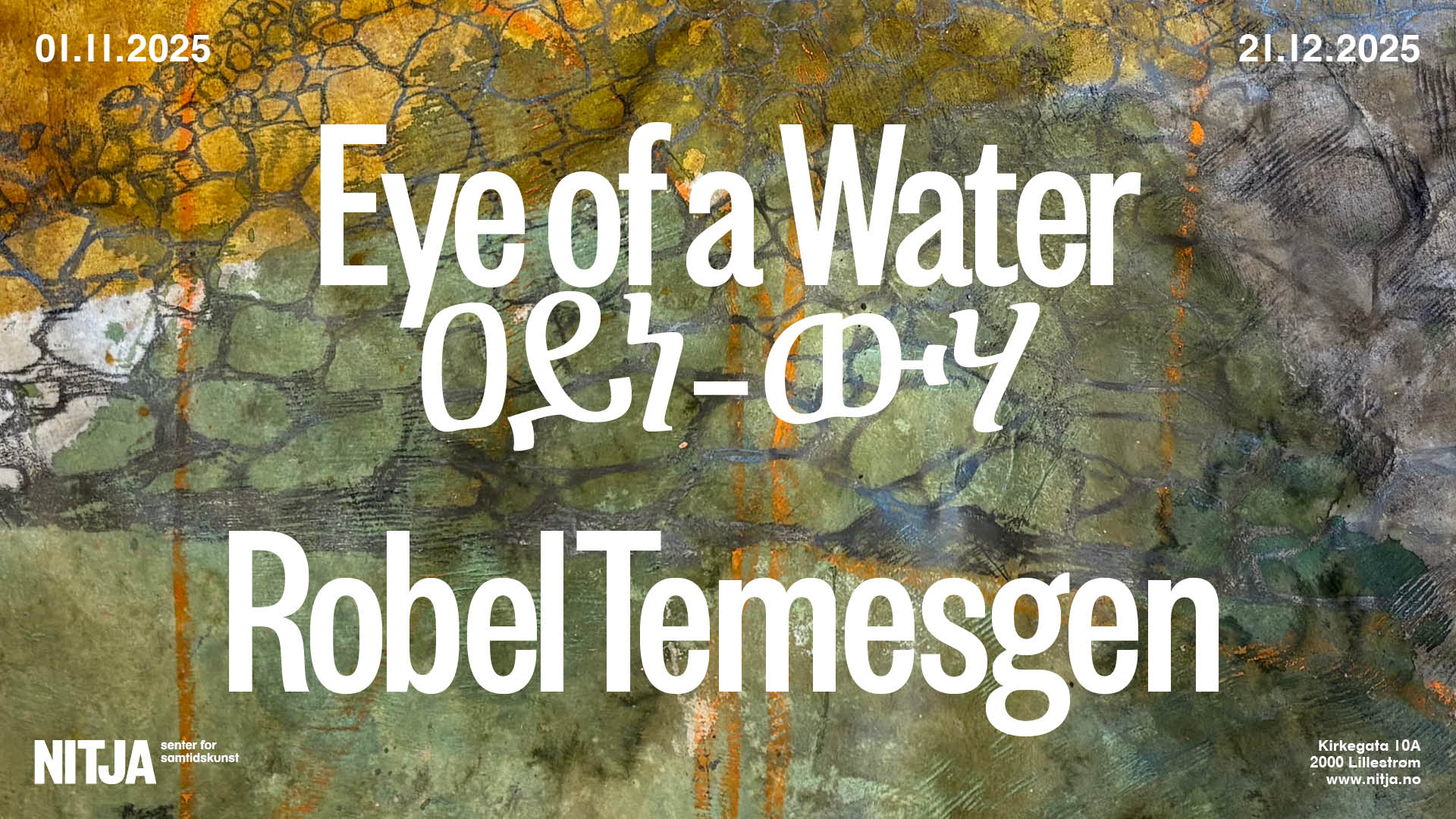


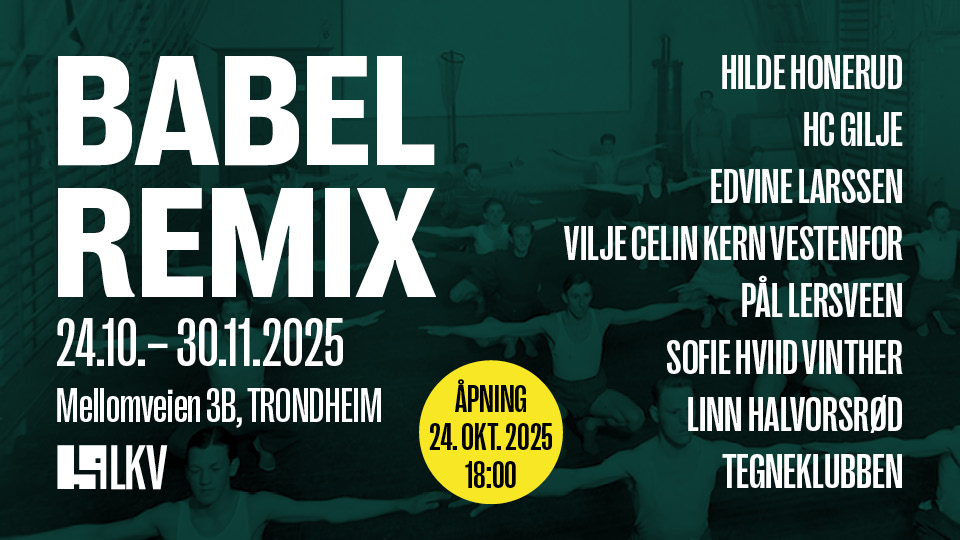
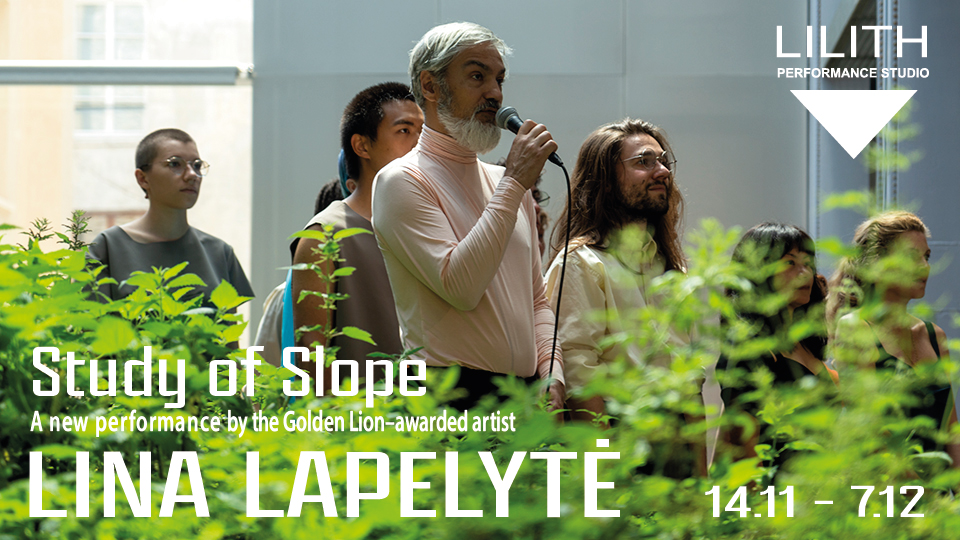
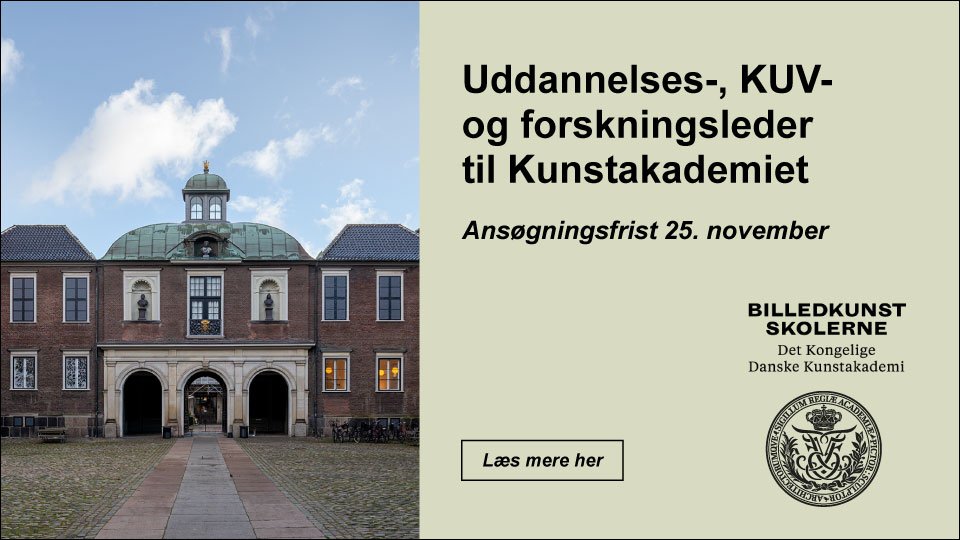

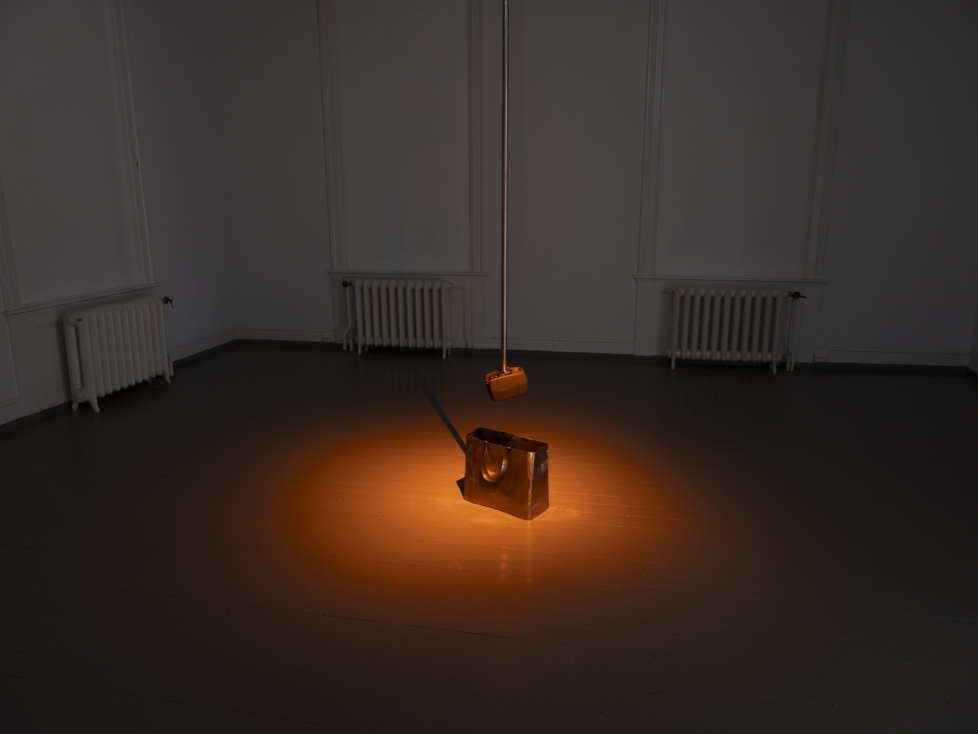
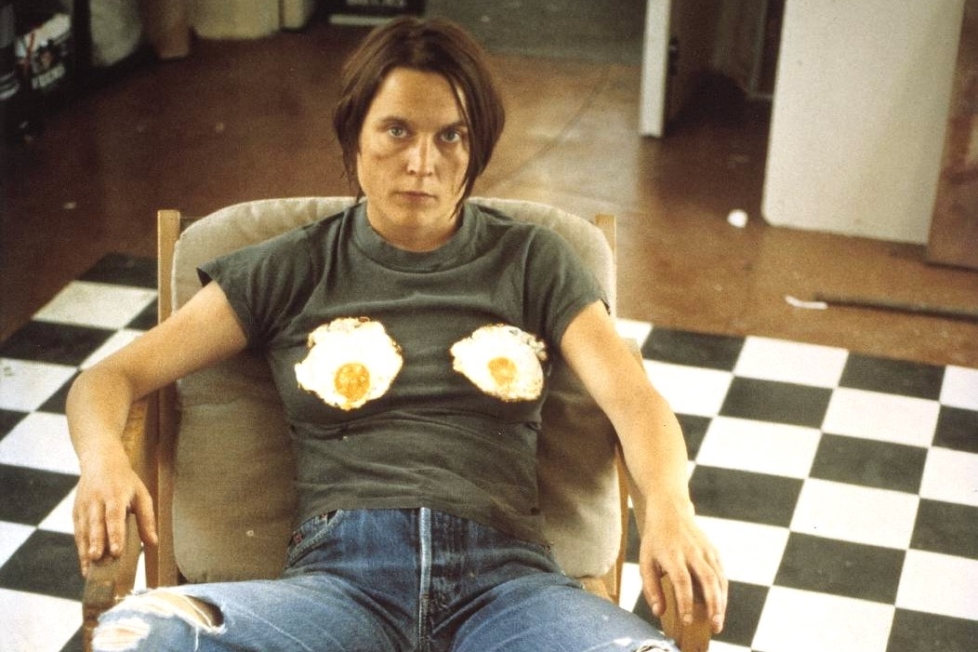
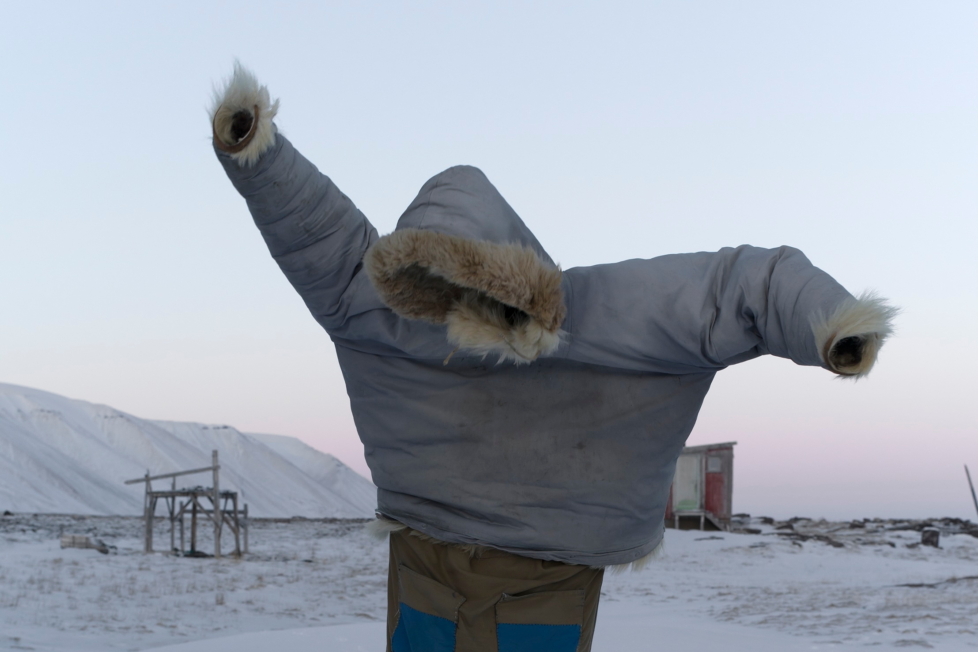
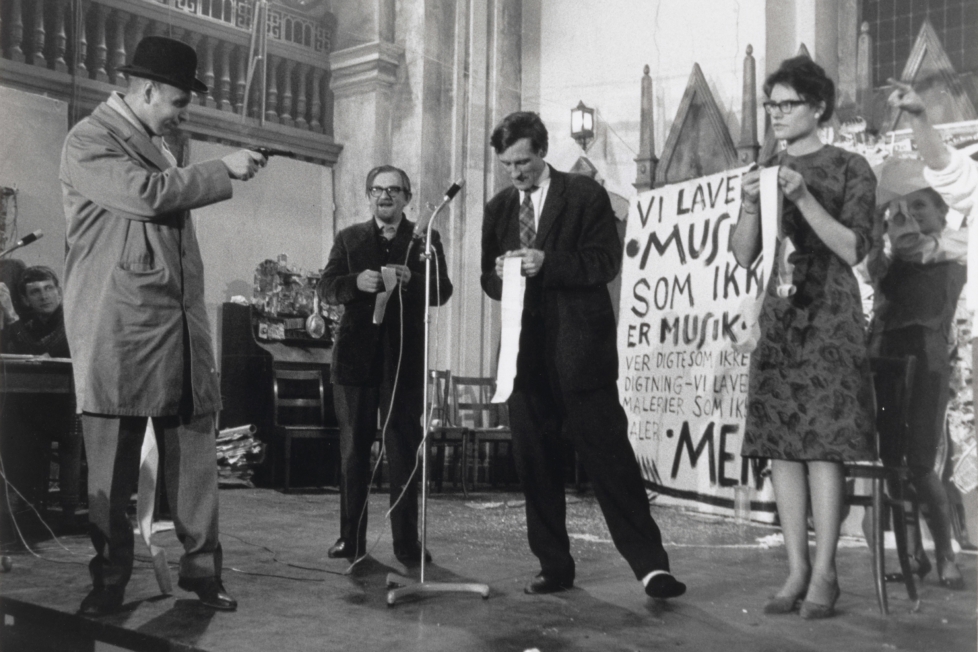
Diskussion